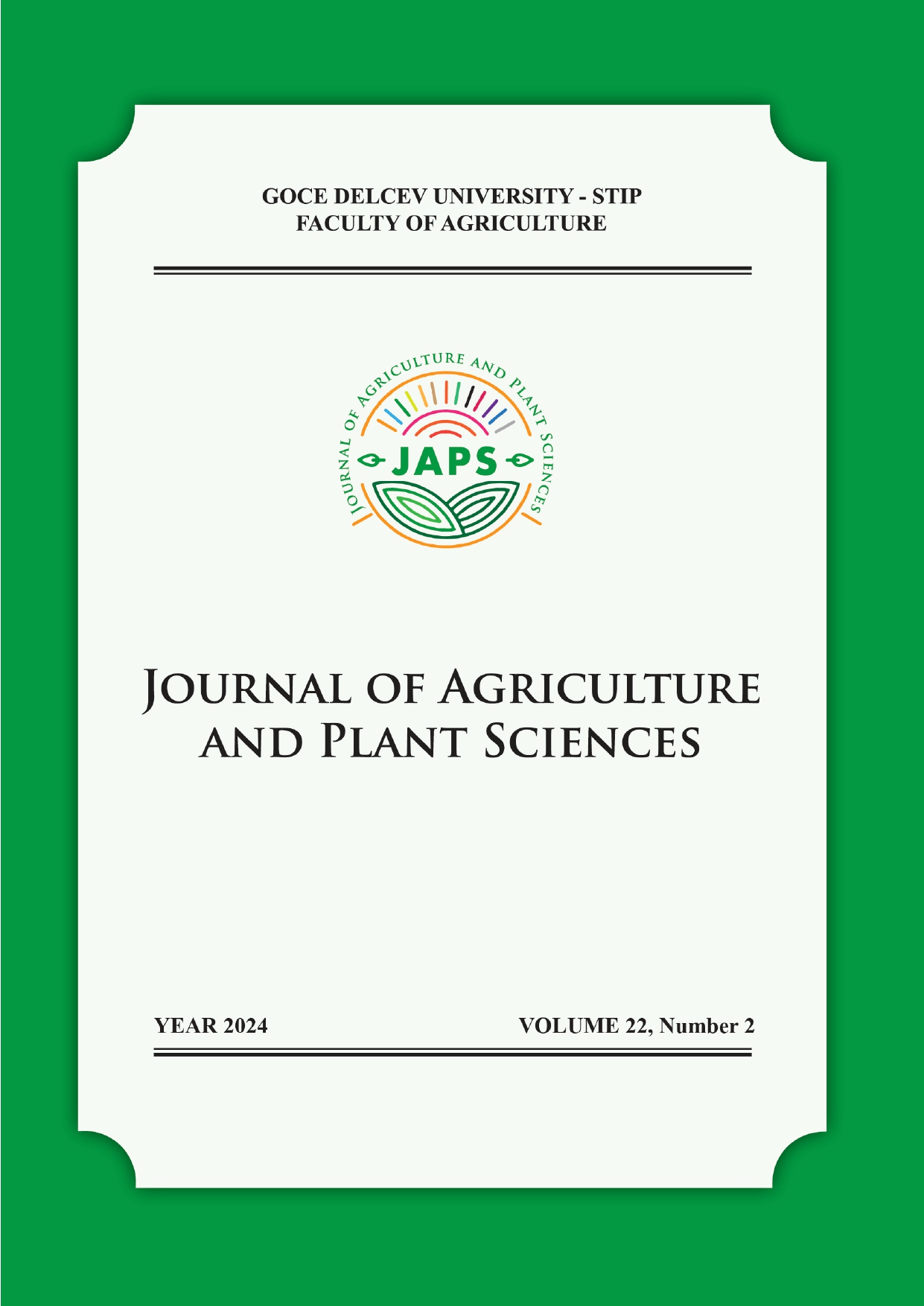MONITORING OF ACTIVE AND TITRATABLE ACIDITY IN WHITE BRINED CHEESE DURING RIPENNING PERIOD
DOI:
https://doi.org/10.46763/JAPS2422239mAbstract
This study investigates the dynamics of active and titratable acidity in white brined cheese throughout its ripening period. Monitoring these parameters is crucial for understanding the biochemical changes that influence the cheese's flavor, texture, and overall quality. Using standard analytical methods, we measured pH and titratable acidity at regular intervals during the ripening process. The results indicated a significant decrease in pH, coupled with an increase in titratable acidity, reflecting the ongoing microbial and enzymatic activities. These changes were correlated with the development of desirable organoleptic properties. The findings provide valuable insights for cheese producers to optimize ripening conditions, ensuring consistent product quality. This research highlights the importance of acidity monitoring as a critical control point in cheese production.
Downloads
Published
Issue
Section
License
The intellectual property and copyright on the original content of all scientific contributions in the published paper shall remain with the authors. Authors give permission to the JAPS owner to publish the paper. All authors agree to publish the paper under Attribution-NonCommercial-NoDerivatives 4.0 International license (CC BY-NC-ND 4.0).

